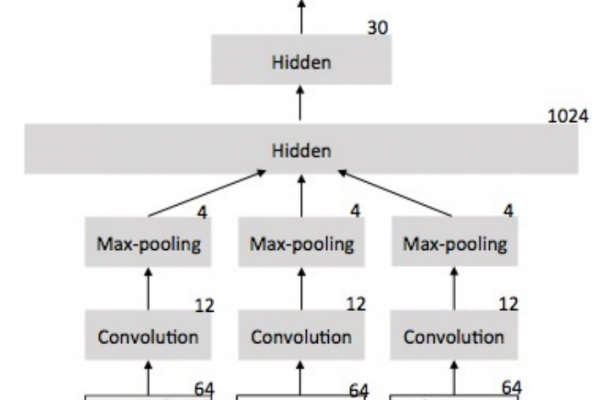Deep Learning Models for Human Activity Recognition

Last Updated on August 5, 2019
Human activity recognition, or HAR, is a challenging time series classification task.
It involves predicting the movement of a person based on sensor data and traditionally involves deep domain expertise and methods from signal processing to correctly engineer features from the raw data in order to fit a machine learning model.
Recently, deep learning methods such as convolutional neural networks and recurrent neural networks have shown capable and even achieve state-of-the-art results by automatically learning features from the raw sensor data.
In this post, you will discover the problem of human activity recognition and the deep learning methods that are achieving state-of-the-art performance on this problem.
After reading this post, you will know:
- Activity recognition is the problem of predicting the movement of a person, often indoors, based on sensor data, such as an accelerometer in a smartphone.
- Streams of sensor data are often split into subs-sequences called windows, and each window is associated with a broader activity, called a sliding window approach.
- Convolutional neural networks and long short-term memory networks, and perhaps both together, are best suited to learning features from raw sensor data and predicting the associated movement.
Kick-start your
To finish reading, please visit source site